For those seeking an activity that is both original and enriching in Okinawa, visiting a coral farm is a rare opportunity.
In Yomitan, the Sea Seed farm takes an innovative approach to coral reef restoration. It combines scientific research, environmental commitment, and public awareness. This visit also provides valuable insight into the richness and fragility of marine life in Japan.
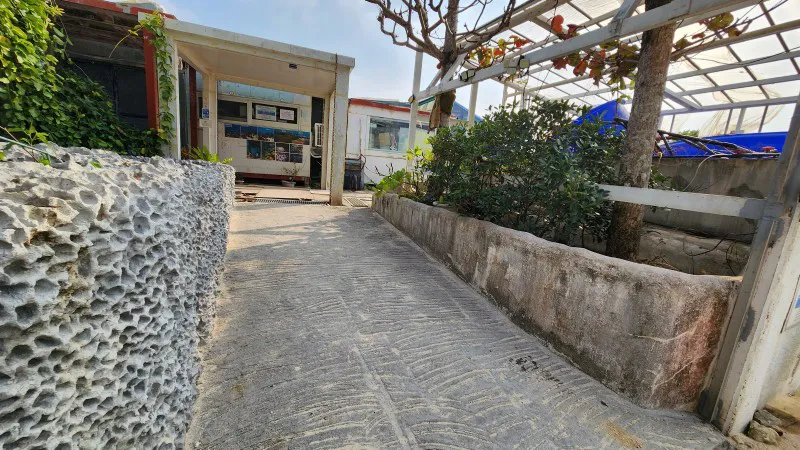
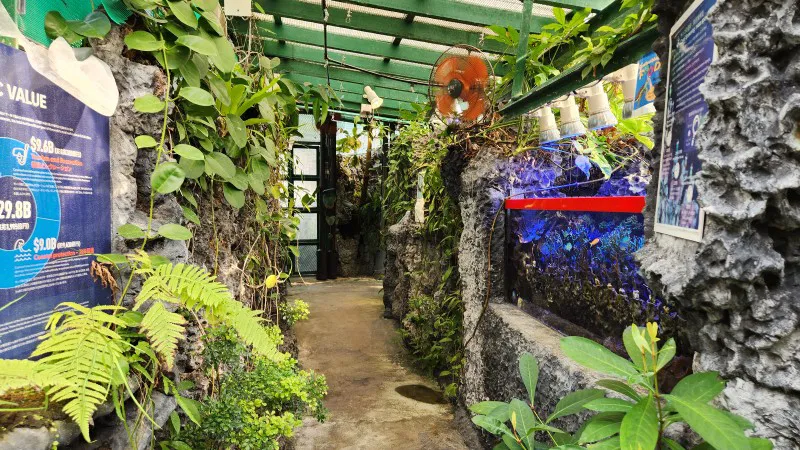
A project born from an alarming ecological reality
The Sea Seed farm was founded by Koji Kinjo, a native of Yomitan, following the massive coral bleaching event that occurred in 1998. This event led to the disappearance of nearly 90% of Okinawa’s coral reefs, putting a vital ecosystem at risk. Koji Kinjo recognized the urgency and launched the project. He aimed to restore the reefs by growing corals in a controlled environment and replanting them in the ocean.
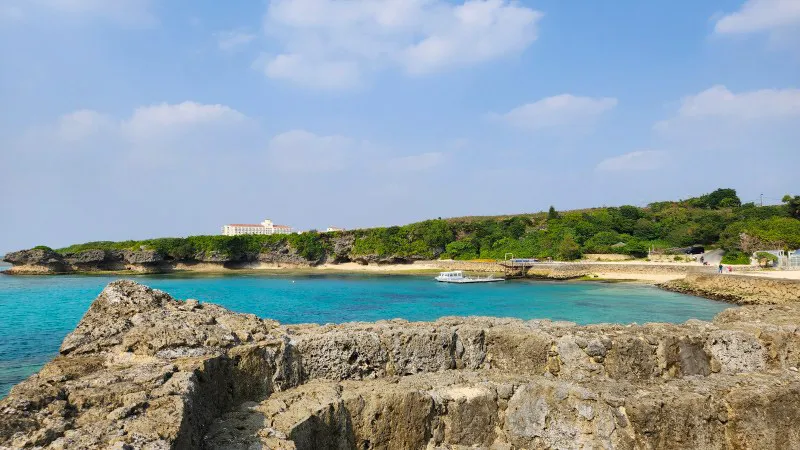
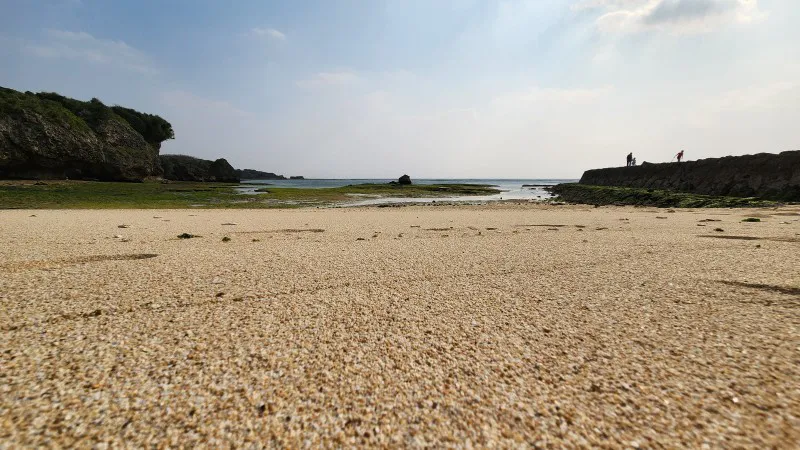
Visiting a coral farm like Sea Seed offers a tangible understanding of how science and local action can contribute to the regeneration of a threatened marine ecosystem.
Marine life in Japan: a natural heritage to preserve
Marine life in Japan, particularly in the Okinawa region, is exceptionally rich. Coral reefs host a remarkable biodiversity, including tropical fish, sea turtles, and other species essential to the balance of the ocean floor. In the face of growing threats such as climate change, pollution, and overexploitation, local initiatives like Sea Seed have become essential.
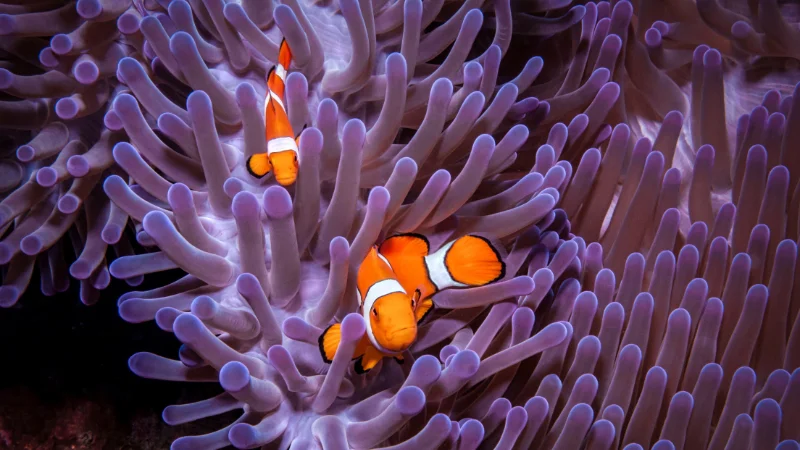
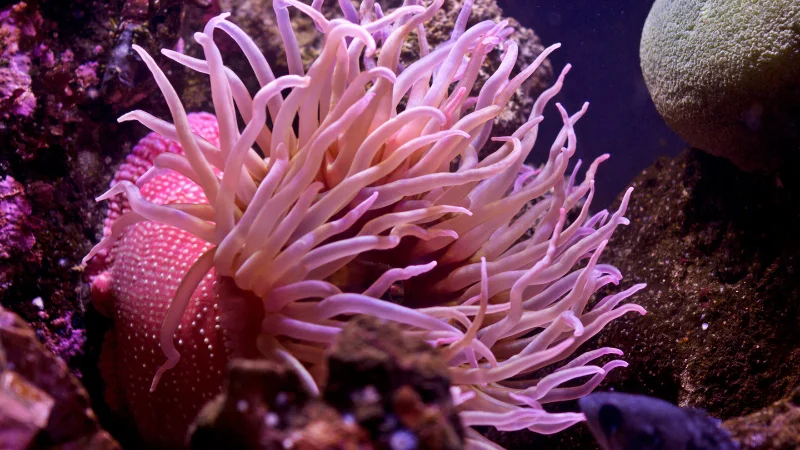
The farm currently cultivates over 120 varieties of coral.
To encourage their adaptation, they are exposed to stressful environmental conditions in order to identify the most resilient specimens, which are then transplanted into the ocean in carefully selected areas.
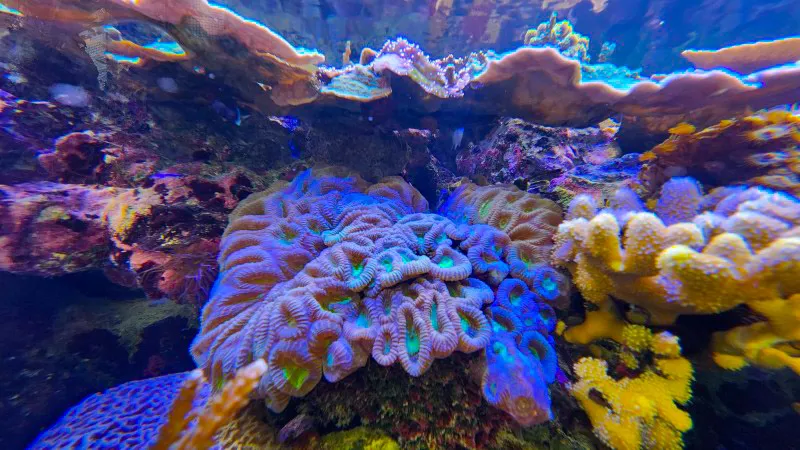
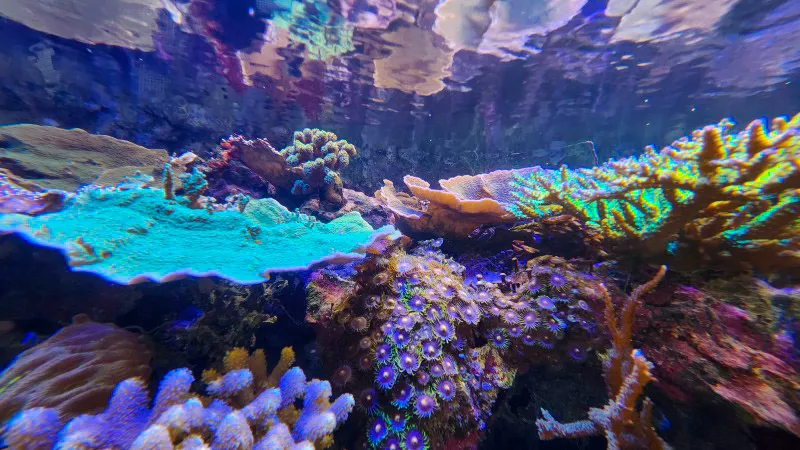
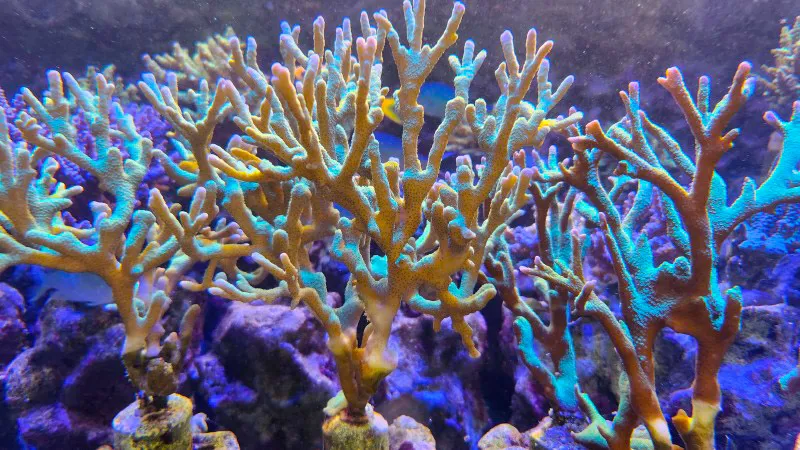
A scientific approach supported by collaboration
Sea Seed is supported by Marine Bio Co., Ltd., a member of the Japan Coral Reef Society, and collaborates with various scientific institutions and local stakeholders. This synergy has made it possible to transplant over 150,000 corals, actively contributing to the gradual restoration of the reefs. These partnerships also provide the farm with strong scientific expertise.
Over the years, Sea Seed has also drawn the attention of both local and international organizations concerned with the environmental challenges posed by coral loss.
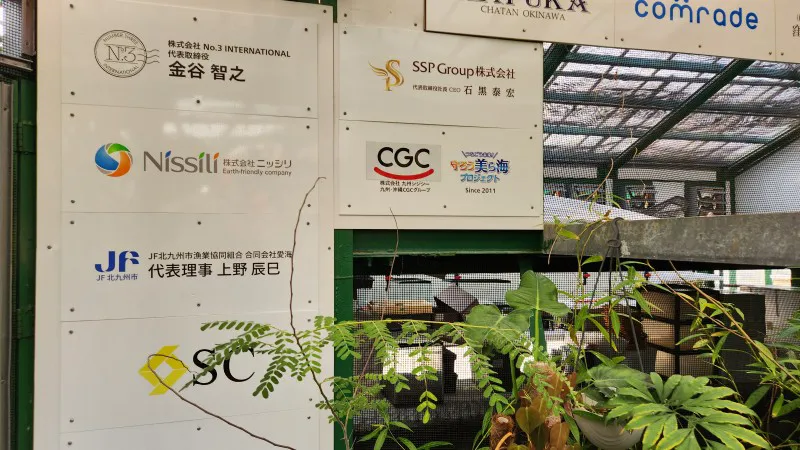
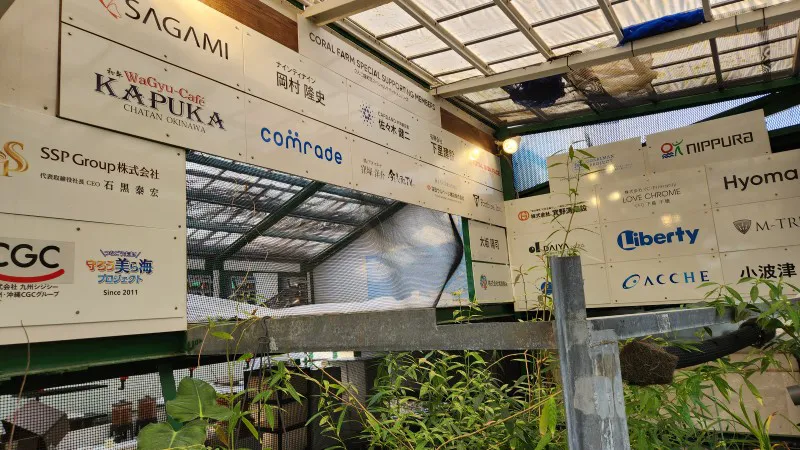
Visiting a Coral Farm: An educational visit open to the public
In addition to its scientific work, Sea Seed also welcomes the public for self-guided, educational visits. These visits allow guests to observe the coral cultivation facilities, learn more about reef ecosystems, and discover some of the marine species that inhabit them. It is a place of discovery that is accessible to everyone, including both adults and children of all ages.
Although the farm is carefully arranged, it remains modest in size: visitors should not expect an aquarium or a tourist center. Sea Seed is above all a working site, where the team is dedicated to nurturing and growing corals that will later be transplanted into the ocean.
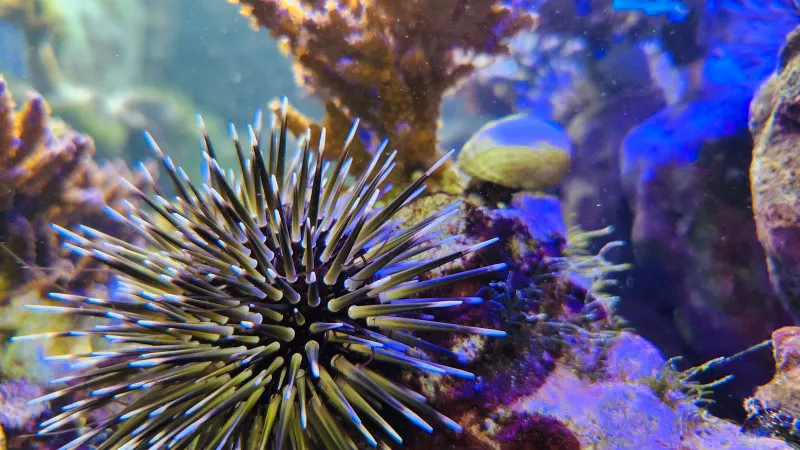
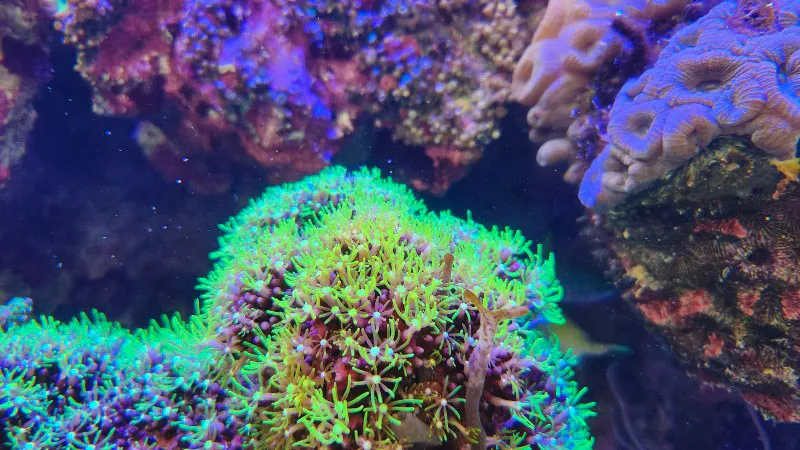
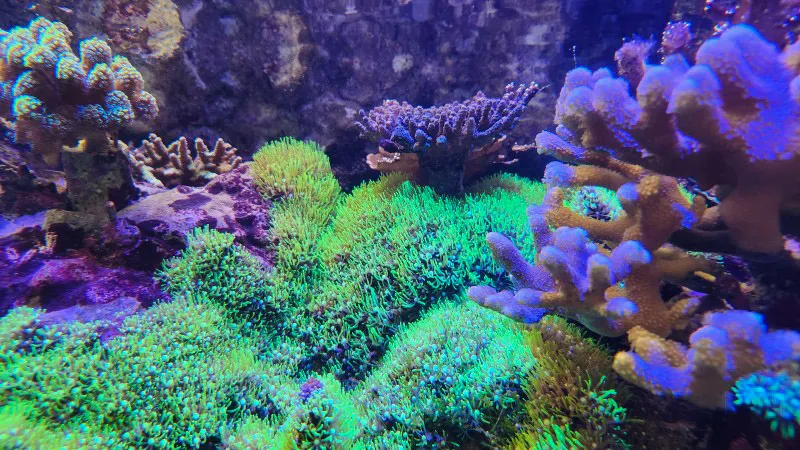
The staff, while friendly and approachable, does not offer guided tours or commercial services. Visitors are therefore encouraged to explore the site quietly, taking the time to read the informational signs and brochures that explain in detail how the farm operates, the cultivation techniques used, and the process of transplanting corals into the sea. These materials provide all the necessary explanations, allowing guests to learn independently without disrupting the caretakers in the course of their work.
It is worth noting that a caretaker may occasionally offer small portions of grain feed to be given to the marine animals in the tanks. This simple and enjoyable activity is especially popular with younger visitors and adds an engaging, hands-on dimension to the educational experience.
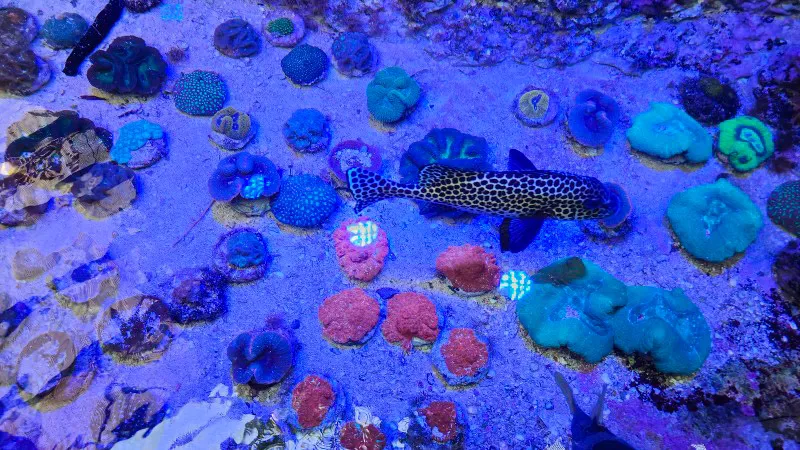
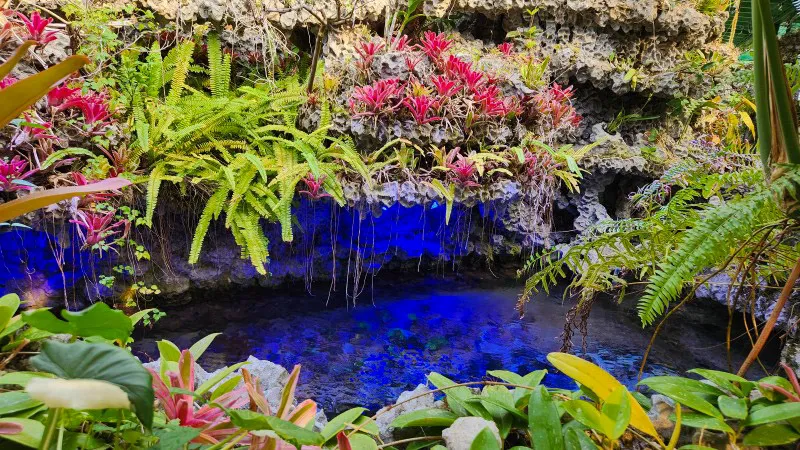
Why visit a coral farm?
- To discover an innovative ecological restoration project.
Sea Seed takes a unique approach to environmental action. It combines science and local expertise to help restore one of the ocean’s most fragile ecosystems: coral reefs.
- To gain a deeper understanding of coral reef regeneration.
Visitors can observe how the farm cultivates corals in controlled environments. They also learn how the corals are gradually reintroduced into the ocean, showing the balance between human intervention and natural recovery.
- To learn more about the challenges facing marine life in Japan.
Okinawa‘s reefs host a remarkable variety of species. The farm raises awareness of the threats these ecosystems face, including climate change, pollution, and overfishing.
- To support a local initiative dedicated to biodiversity.
By visiting Sea Seed, visitors support a grassroots effort that goes beyond tourism. They help fund real conservation work led by passionate professionals dedicated to preserving Okinawa’s natural heritage.
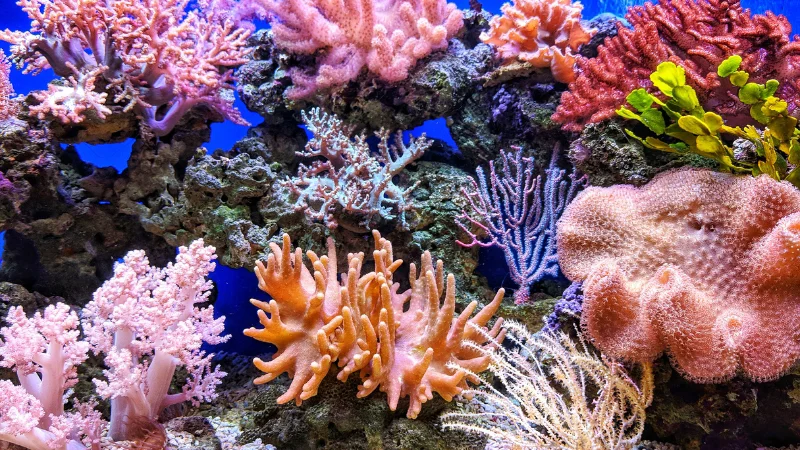
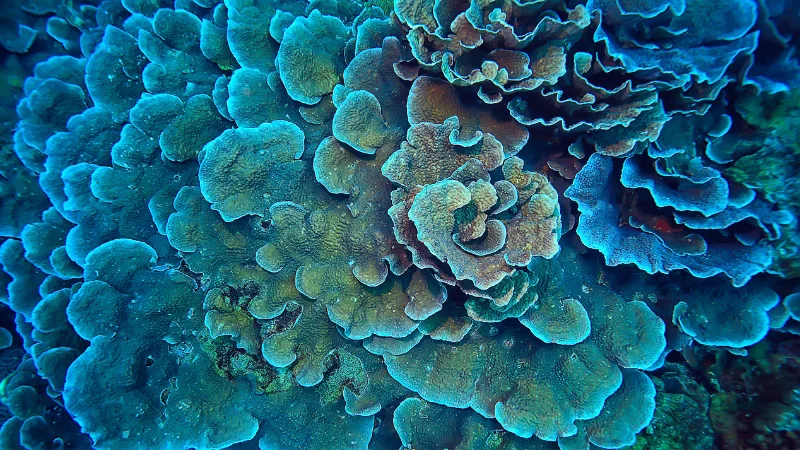
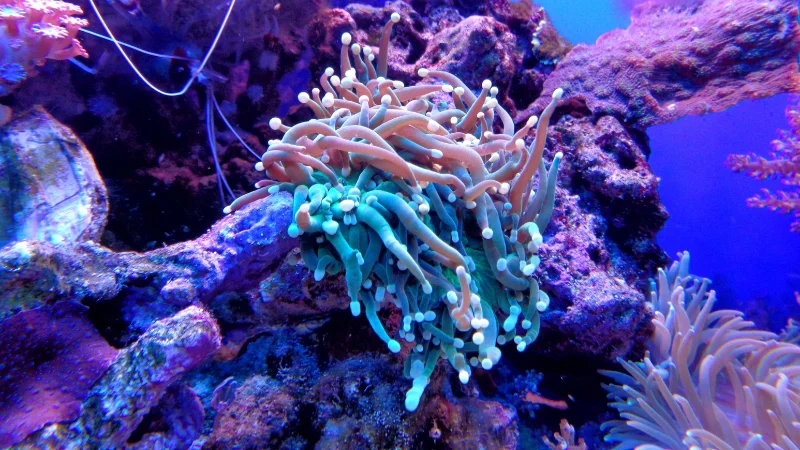
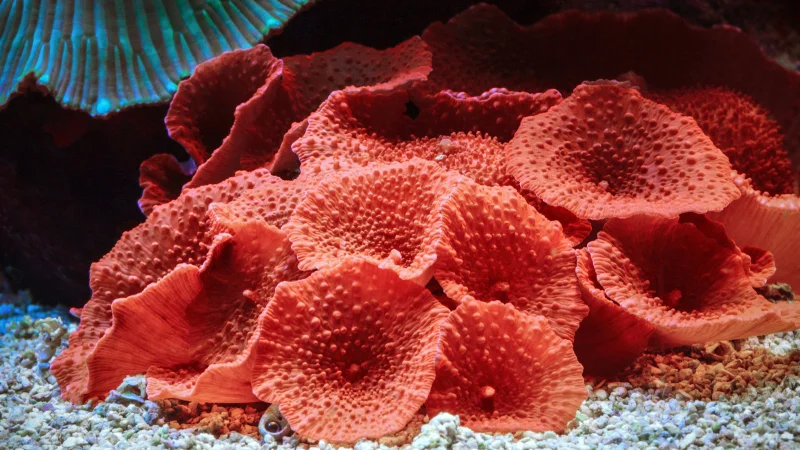
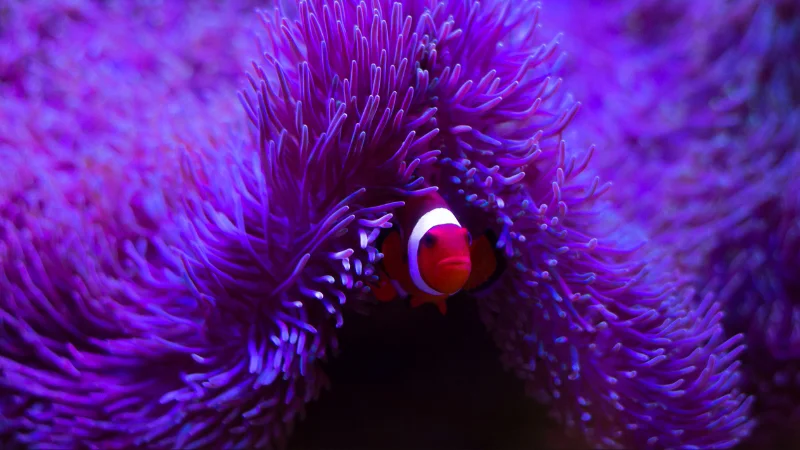
A visit to a coral farm like the one in Yomitan provides more than just a scientific experience; it immerses you in a hands-on project focused on preserving marine life in Japan. Sea Seed stands as a strong example of collaboration between science, ecology, and community engagement. It’s a meaningful initiative, worth discovering and supporting.
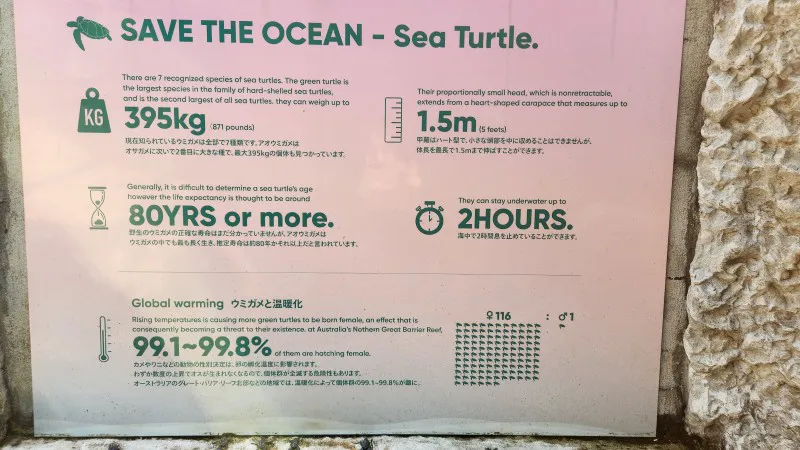
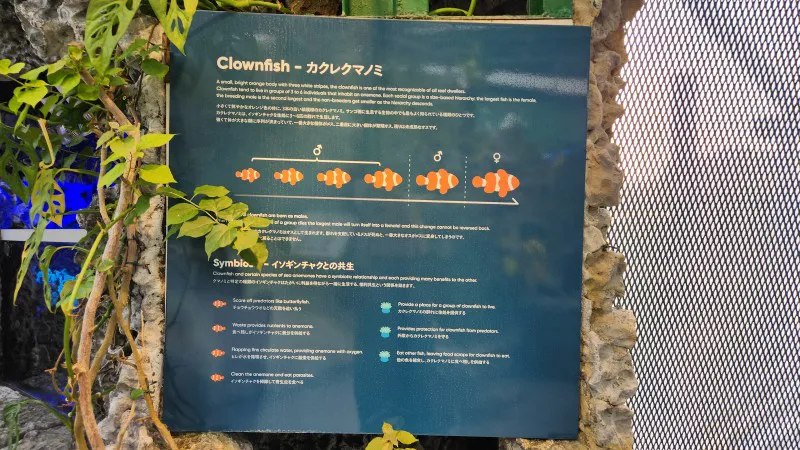
Practical Information: Hours and Admission
The Sea Seed coral farm in Yomitan offers visitors a unique opportunity to explore coral reef conservation efforts up close. Here’s what you need to know to plan your visit:
The Sea Seed coral farm is open to the public every afternoon, except on Wednesdays, which is the regular closing day.
Opening Hours:
- Thursday to Tuesday: 1:00 PM – 6:00 PM
- Closed on Wednesdays
Admission is also very affordable, making the visit ideal for families:
Admission Fees:
- Adults: ¥900
- Students: ¥600
- Children (ages 6–15): ¥300
- Children under 5: Free
Address:
923-1 Takashiho, Yomitan, Nakagami District, Okinawa 904-0323, Japan
Official Website:
https://www.seaseed.com/en/coral-farm
Check the official website or contact the farm directly to confirm current hours and pricing, as they may change.
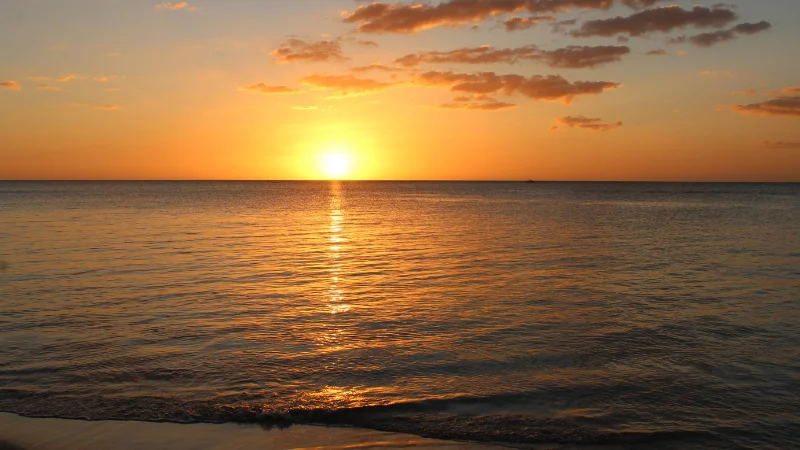
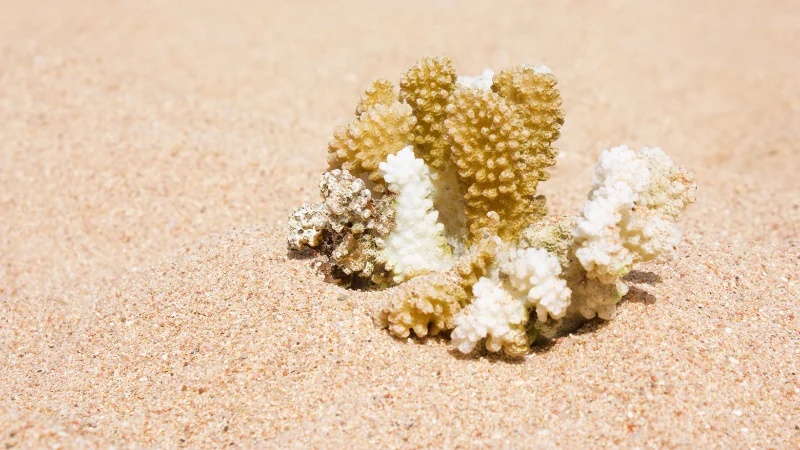
An itinerary idea to extend the experience
If you’re visiting Okinawa between December and March, be sure to combine a trip to the Coral Farm with the Yomitan Lantern Festival.
Just a few minutes’ drive from the farm, Murasaki Mura is open during the day and offers a variety of hands-on activities. It’s the perfect opportunity to create something and take home a unique souvenir.
In the evening, from December through March, the site comes alive with the Lantern Festival. At sunset, the grounds are illuminated by the soft glow of traditional Japanese lanterns, set against a backdrop inspired by the Ryūkyū era (the former Kingdom of Okinawa).
This festival, especially loved by families and photography enthusiasts, turns the end of the day into a truly magical experience.
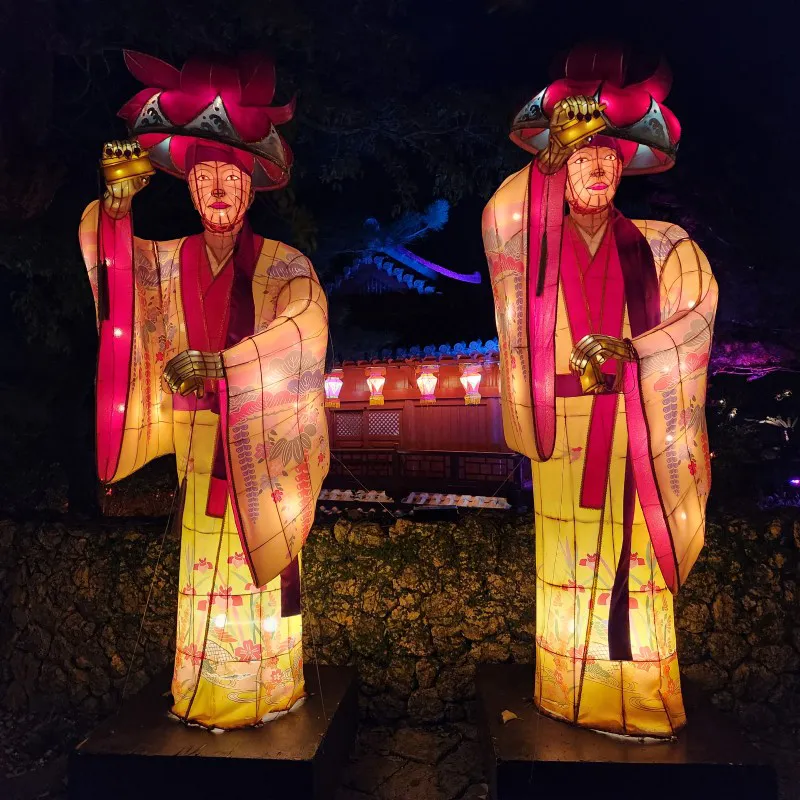
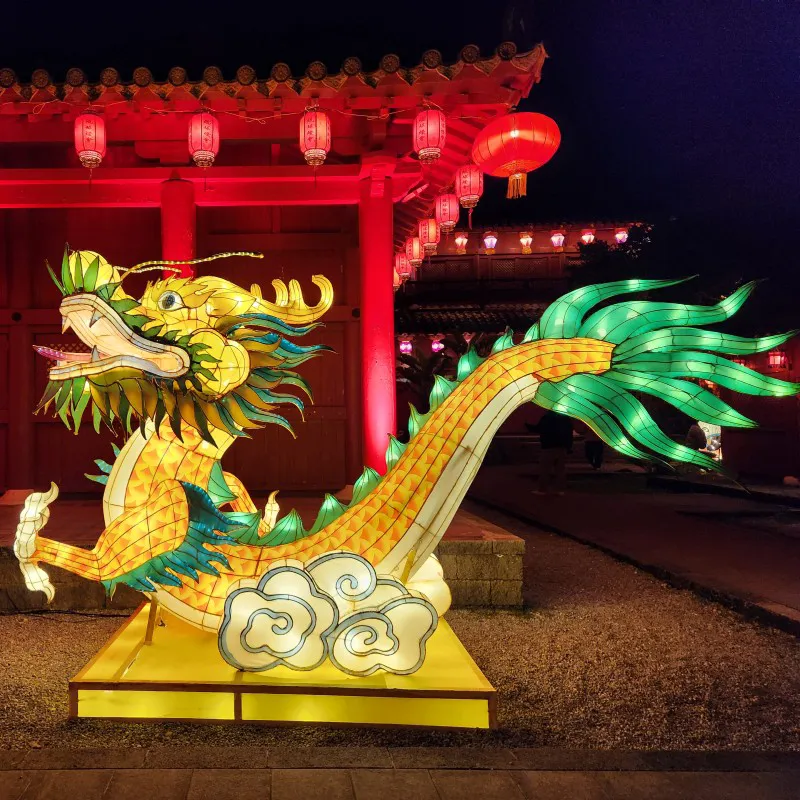
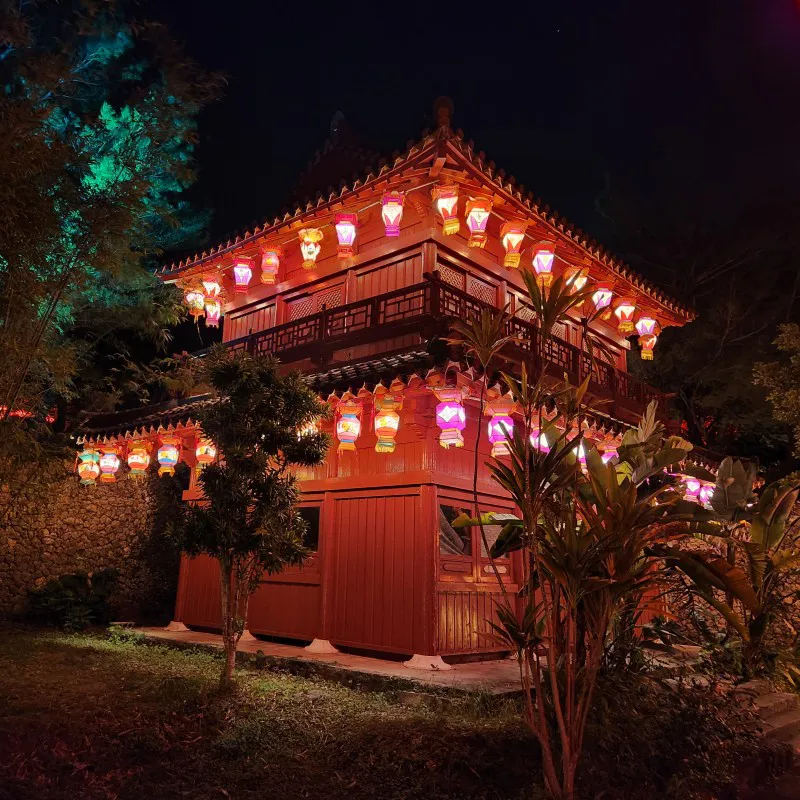
Visiting in summer?
No worries! Murasaki Mura welcomes you in the evening for another iconic event: the Ryūkyū Yōkai Festival.
During this celebration, the site comes alive with paper lanterns depicting the island’s yōkai, mysterious spirits from Okinawa’s folklore.
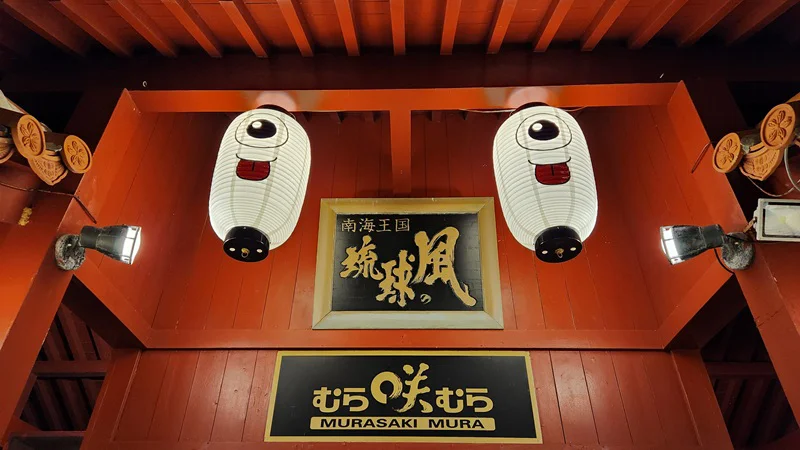
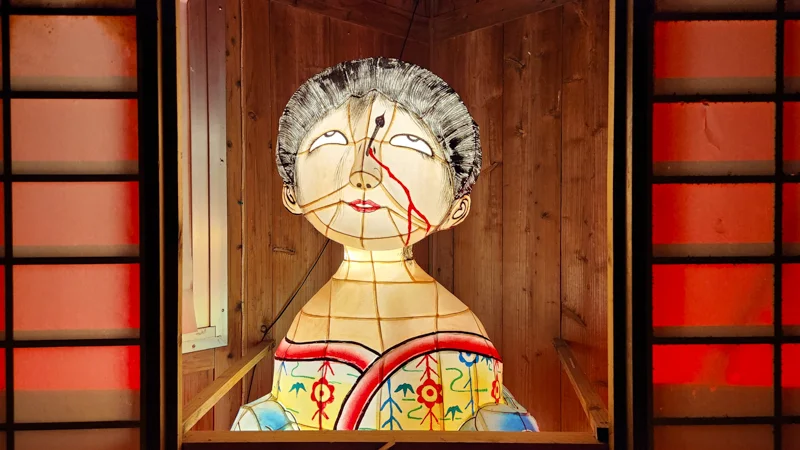
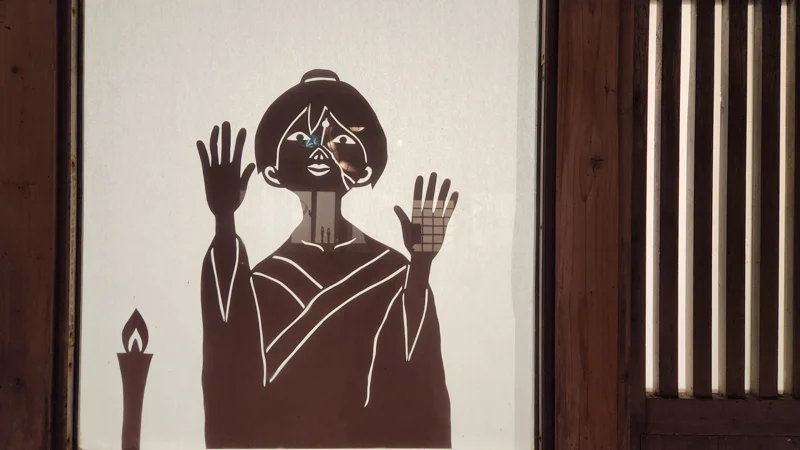
The ideal itinerary starts with a visit to the coral farm in the afternoon. Then join a pottery or glassblowing workshop near the farm. Or simply relax at a local café or restaurant with outdoor seating.
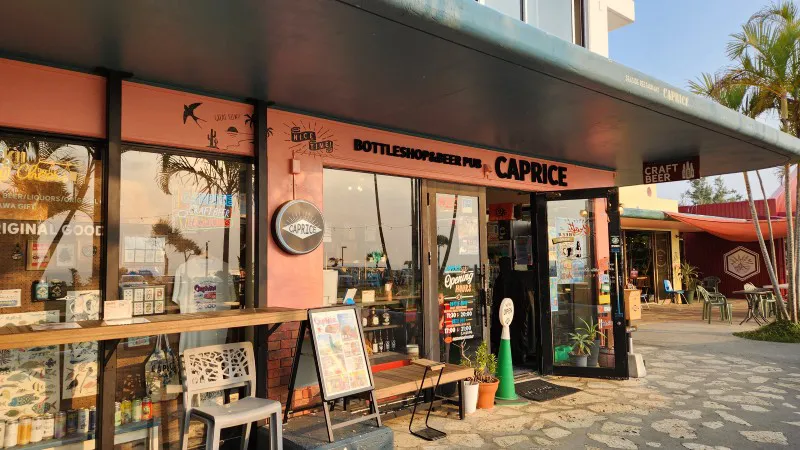
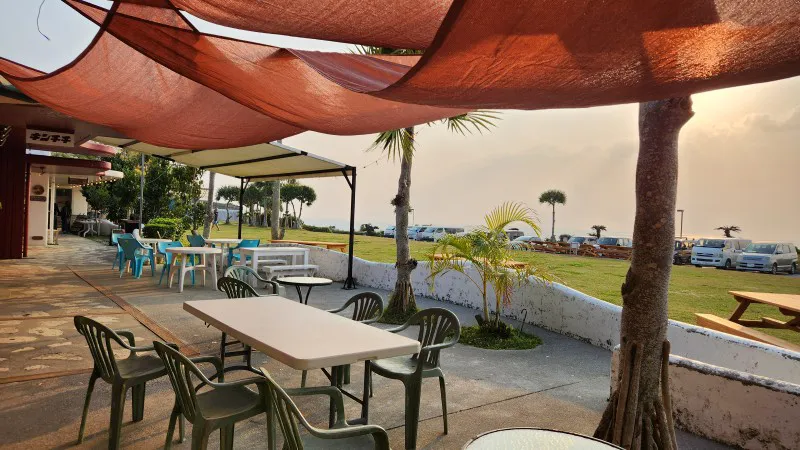
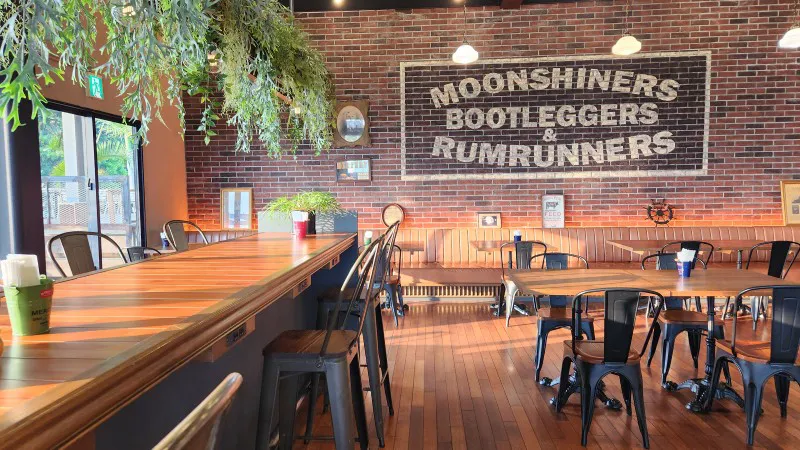
After a relaxing break or dinner at a local restaurant, visitors can end their day by exploring the Lantern Festival or the Ryūkyū Yōkai Festival at Murasaki Mura.
Its magical nighttime atmosphere makes it an unmissable experience.
🎥 Two videos are also available on my YouTube channel.
They give you a visual glimpse of the atmosphere at the festivals celebrated at Murasaki Mura.
Don’t forget to turn on subtitles to learn more about this unique place.
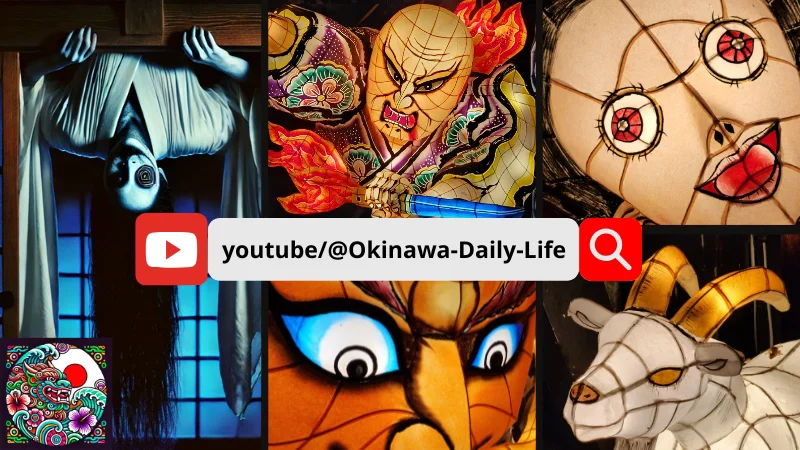
Click on the image to open the video of the Ryūkyū Yōkai Festival
(Video available on November 1, 2025)
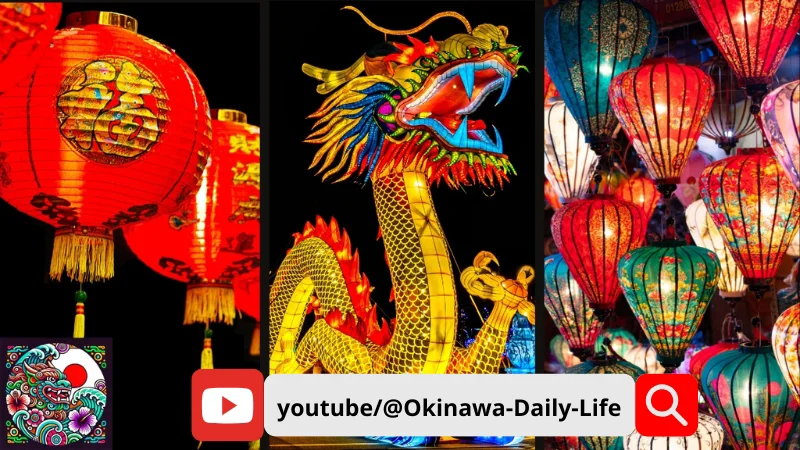
Click on the image to open the video of the Yomitan Lantern Festival.
(Video available on January 10, 2026)
Texts, images and videos © Okinawa Daily Life
Copying, downloading and reuse prohibited without permission

